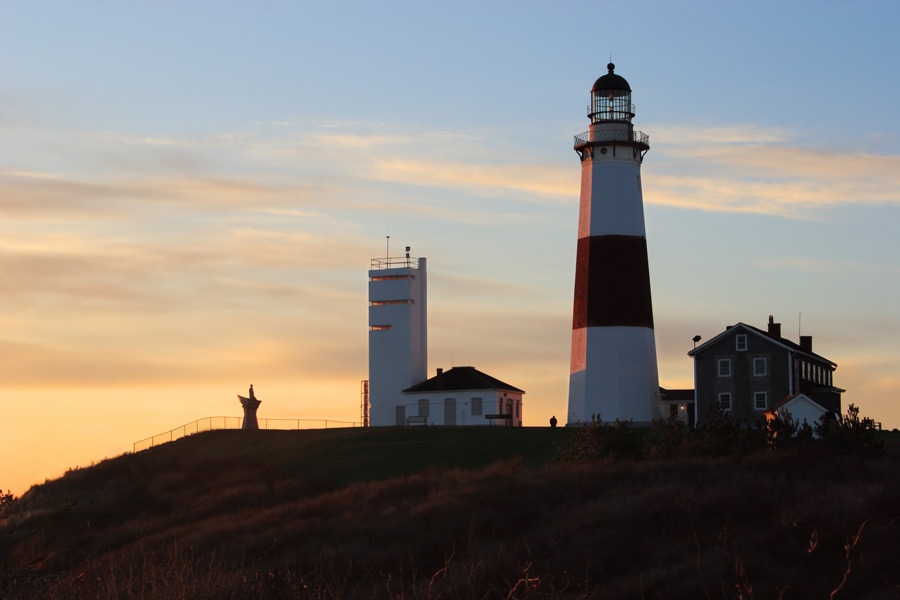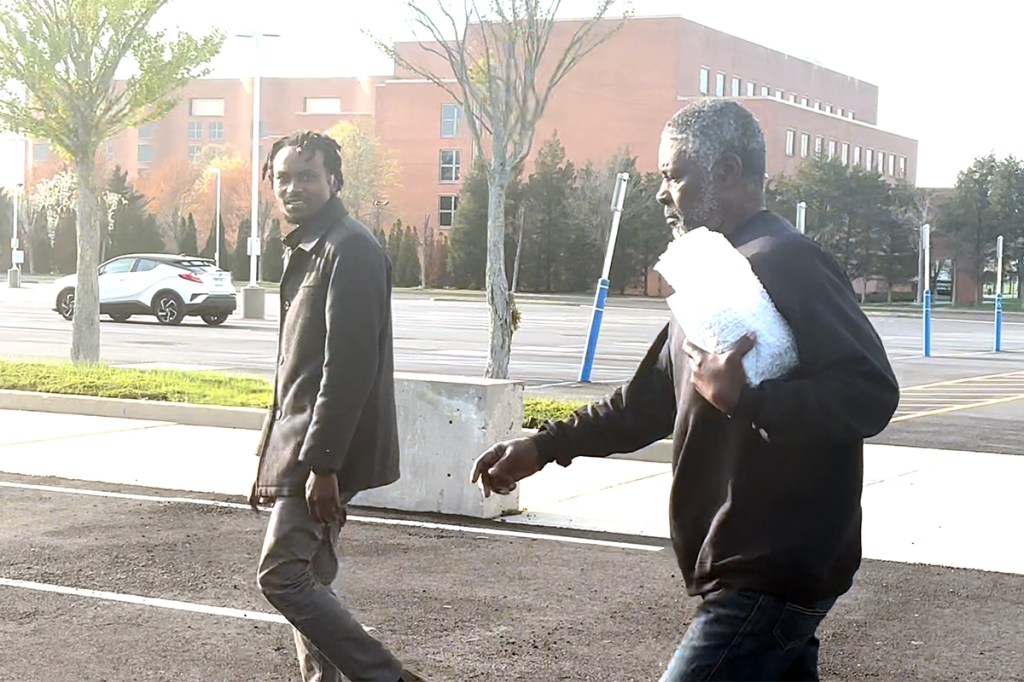Little Montauk’s Big History Lives On

Montauk has an interesting and long history beyond its status as a summer playground.
Native Americans, including the Algonquin-speaking Montaukett of the East End, have lived on Long Island for more than 4,000 years. The Montaukett tribe was closely related to tribes on the rest of Long Island, as well as to Massachusetts and Connecticut tribes. The Montaukett were dependent on the sea for their livelihood, and became experts at hunting whales. They became wealthy from the abundance of wampum, sacred beads made from shells found on Long Island, which prompted aggression from other jealous tribes.
After Europeans first came to the area in the early 1600s, the Montauketts were coerced into giving up their land. In the late 17th century, Chief Wyandanch signed over much of the territory of Long Island to English settler Lion Gardiner. Warfare and new diseases contributed to drastic population declines among the tribe. By 1879, the last of their land was sold to land developer Arthur Benson.
One of the most notable Montauketts was Stephen Talkhouse, who was famed for walking the 30–50 mile trip between Montauk and East Hampton or Sag Harbor and back every day. About 500 people are currently registered as part of the tribe, and native ruins are still visible today at the Montauk County Park.
East Hampton settlers used Montauk as a summer pasture for cattle and horses. Established in 1658, Deep Hollow Ranch near Montauk Point is the oldest cattle ranch in the U.S. The ranchers laid out Old Montauk Highway in the 1700s, and the annual cattle drives became big local events. Three houses were built for the herders while they were in Montauk: First House burned down in 1774, Second House (1797) is now a museum maintained by the Montauk Historical Society and Third House (1806) is now the headquarters for the County Park.
Because of its geographical location, Montauk also has an important maritime history. Since the town was extremely important for foreign trade, George Washington commissioned the Montauk Point Lighthouse, which was built in 1796. The Coast Guard was stationed there for many years, and the army used it during World War II. The still-active lighthouse is now a symbol and icon of Montauk.
The schooner Amistad provides another chapter in Montauk’s storied history. The Amistad landed in Montauk in 1839 after slaves on board revolted. The white crew tricked them into thinking that they had returned to Africa, and they were captured when they arrived. This sparked a widely publicized court case in which the slaves were ultimately freed. There are also legends of pirate booty buried in Montauk, and it’s not uncommon to find liquor buried in the sand dunes from the rum runners who smuggled it in during prohibition.
Another famous moment in Montauk history came when Theodore Roosevelt and his Rough Riders were quarantined in the area for yellow fever after the Spanish-American War. They spent their time at Camp Wikoff in 1898. Montauk was a force in World War II as well. The Point, including Camp Hero, became a strategic military base.
As a seaside town, fishing has long been a staple of Montauk life, and it has large commercial and recreational fleets. Another “Fisher” has been important in Montauk’s history—Carl Fisher, who purchased most of the East End from the heirs of Arthur Benson in 1926. He had plans to turn Montauk into the “Miami Beach of the North,” laying out the town and building the Yacht Club, the Montauk Manor, the Playhouse, the tower in the center of town and the golf course. Although he lost everything in the stock market crash of 1929, the tourism industry was revived in the 1960s.
Montauk houses a number of hotels and motels, unique when compared with the other South Fork towns. Locals and visitors alike are infatuated with its beautiful beaches, surfing, outdoor activities and diverse nature. The town continues to be defined by its connections to the sea, and it will assuredly remain a popular destination for years to come.



